The Sports Device Market is currently characterized by a dynamic competitive landscape, driven by innovation, sustainability, and digital transformation. Key players such as Nike (US), Adidas (DE), and Under Armour (US) are at the forefront, each adopting distinct strategies to enhance their market positioning. Nike (US) continues to emphasize its commitment to sustainability, integrating eco-friendly materials into its product lines, which resonates with the growing consumer demand for environmentally responsible products. Adidas (DE), on the other hand, has focused on expanding its digital footprint, leveraging e-commerce and direct-to-consumer sales channels to enhance customer engagement and streamline operations. Under Armour (US) appears to be concentrating on performance technology, investing in smart wearable devices that provide athletes with real-time data, thereby enhancing their training and performance metrics. Collectively, these strategies not only shape the competitive environment but also reflect a broader trend towards innovation and consumer-centric approaches in the market.
In terms of business tactics, companies are increasingly localizing manufacturing to reduce lead times and enhance supply chain resilience. This trend is particularly evident in the context of a moderately fragmented market structure, where the collective influence of key players is significant. The emphasis on supply chain optimization is crucial, as it allows companies to respond swiftly to changing consumer preferences and market demands, thereby maintaining a competitive edge.
In August 2025, Nike (US) announced a partnership with a leading technology firm to develop a new line of smart footwear that integrates advanced tracking capabilities. This strategic move is likely to position Nike as a pioneer in the intersection of sports and technology, appealing to tech-savvy consumers and athletes seeking enhanced performance insights. The collaboration underscores Nike's commitment to innovation and its ability to adapt to emerging trends in the sports device market.
Similarly, in July 2025, Adidas (DE) launched a new initiative aimed at reducing its carbon footprint by 50% by 2030. This ambitious goal not only aligns with global sustainability efforts but also enhances Adidas's brand image as a leader in eco-conscious practices. The initiative is expected to resonate with environmentally aware consumers, potentially driving sales and fostering brand loyalty in an increasingly competitive landscape.
In September 2025, Under Armour (US) unveiled a new smart wearable device designed to monitor hydration levels in athletes. This product launch reflects Under Armour's strategic focus on performance technology and its commitment to providing athletes with tools that enhance their training regimens. By addressing a critical aspect of athletic performance, Under Armour is likely to strengthen its market position and appeal to a niche segment of health-conscious consumers.
As of October 2025, the competitive trends in the Sports Device Market are increasingly defined by digitalization, sustainability, and the integration of artificial intelligence. Strategic alliances are becoming more prevalent, as companies seek to leverage complementary strengths to enhance their offerings. Looking ahead, competitive differentiation is expected to evolve, with a notable shift from price-based competition towards innovation, technology, and supply chain reliability. This transition suggests that companies that prioritize these elements will likely emerge as leaders in the market.

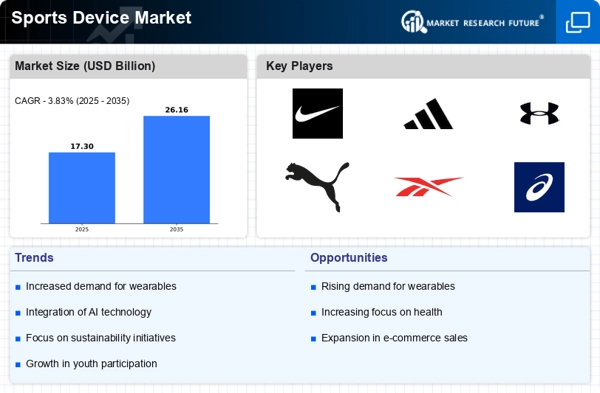
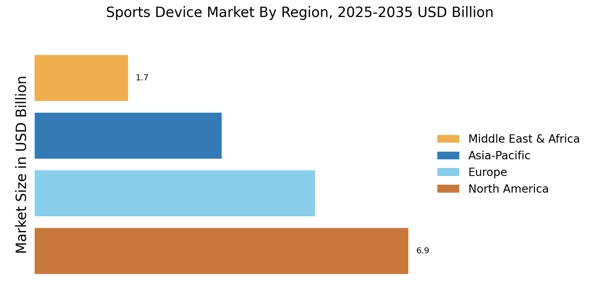
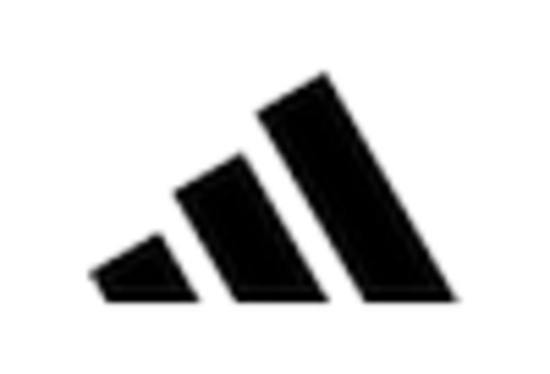
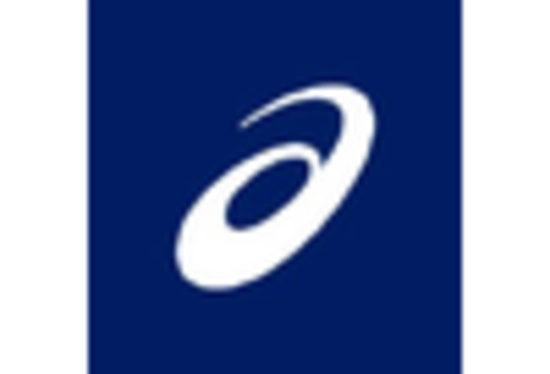



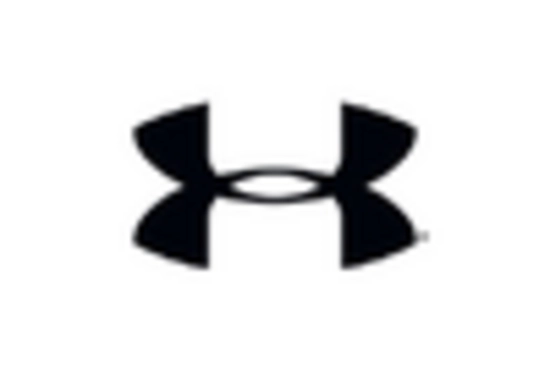








Leave a Comment